Looking at the "learning environment" versus the "lesson" is often not the natural way we approach education. Most of us were formally taught to create lesson plans first. However, when we evaluate education through the Universal Design for Learning (UDL) lense we must first look to the learning environment!
The first step is to ask ourselves what is currently available in the learning environment, and then consider what we can add as part of our students everyday learning experiences regardless of content or subject.
Here are 9 questions we must ask ourselves about our learning environments. The key consideration in each question is to determine what options are available to all students on a daily basis.
1. What options currently exist for students to see, hear, and perceive information?
2. What options currently exist for students to be able to decode language, math, and symbols?
3. What options currently exist for students to make sense of and understand knowledge (comprehension)?
4. What options currently exist for students to do, move, interact?
5. What options currently exist for students to differentiate expression of knowledge? (demonstrate)
6. What options currently exist for students to plan, strategize, and initiate action?
7. What options currently exist for students to care, value, find relevance? (in learning and being a learner)
8. What options currently exist to vary challenge and/or support? (scaffolding)
9. What options currently exist for students to set goals and self-regulate?
After reviewing and reflecting on the answers to these questions, think about which are you are most comfortable or proud of. Intentionally build upon your successes in that area. As you add new options provide students with appropriate training and orientation. The more students own their learning and the learning environment, the more they move toward being expert learners!




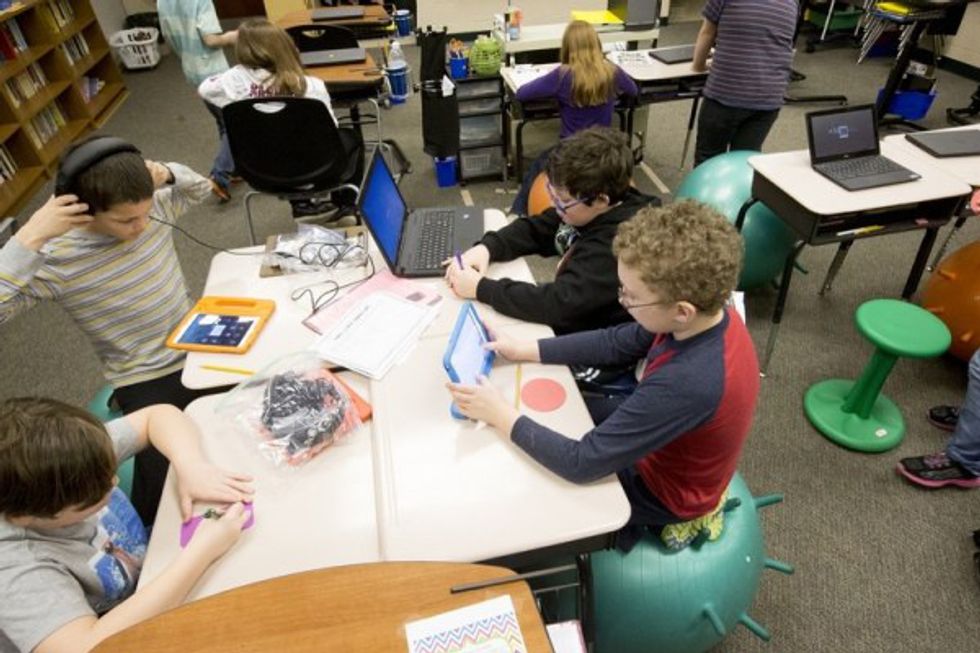
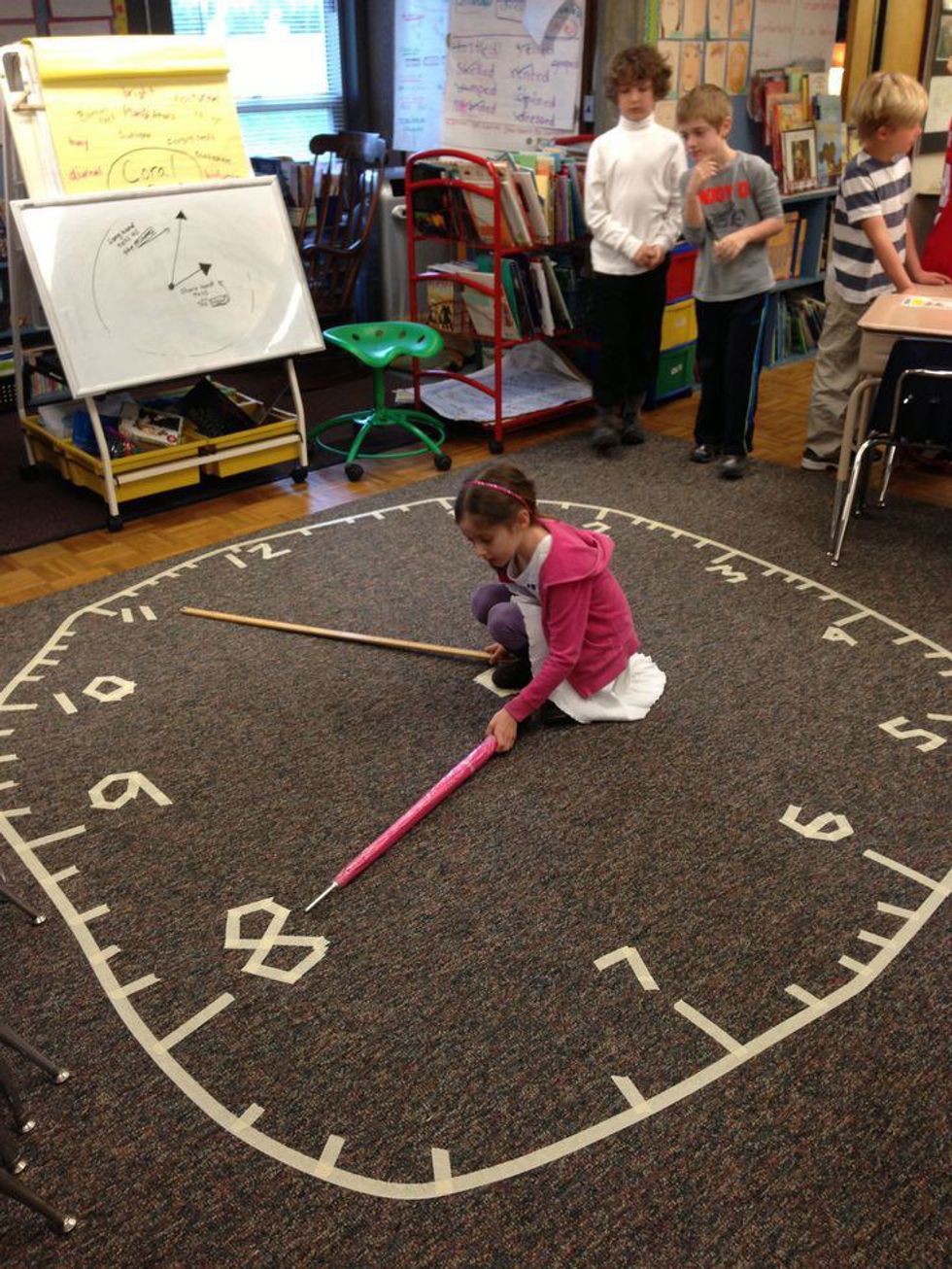
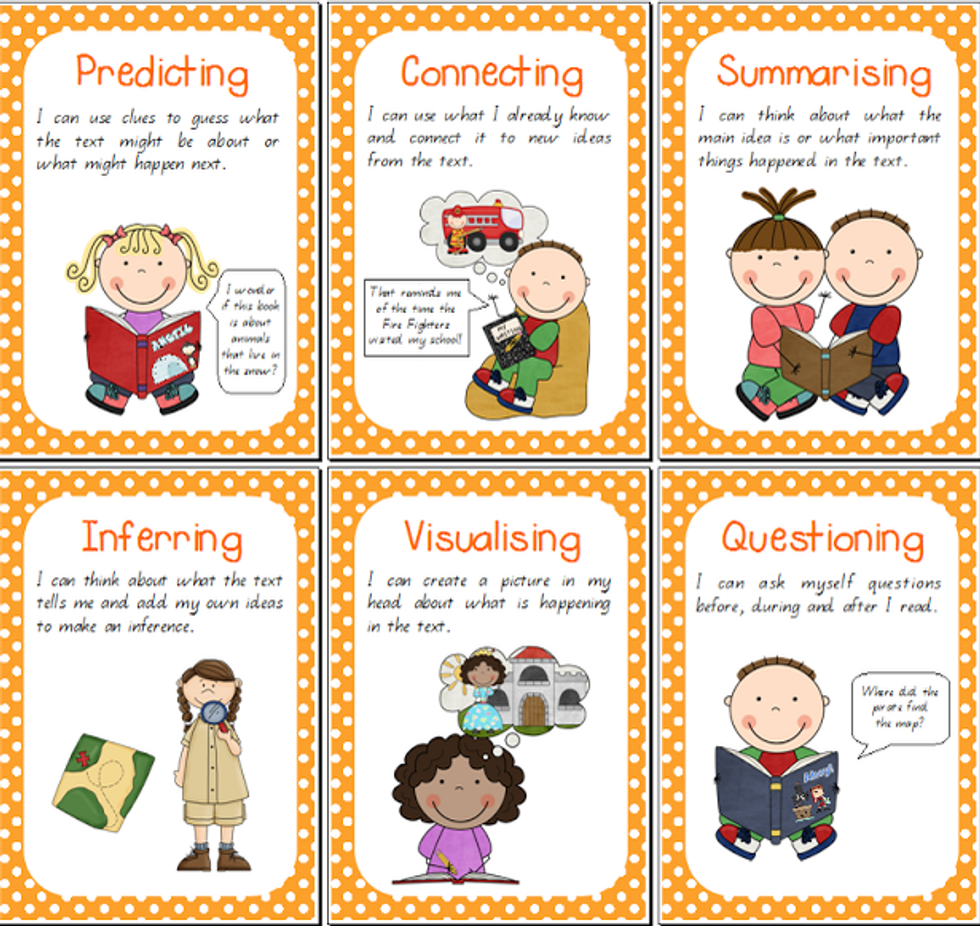
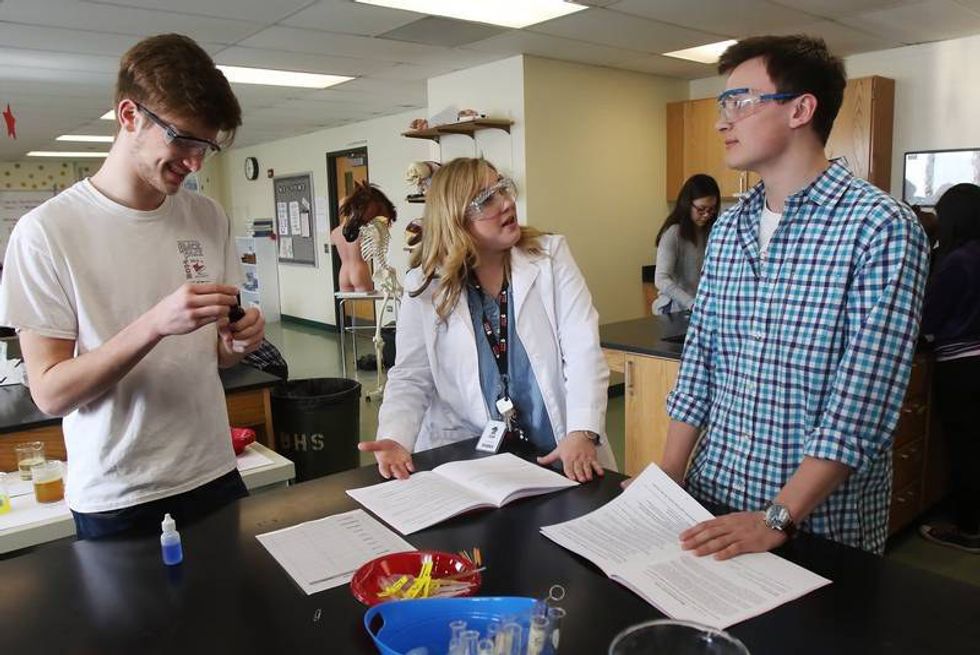
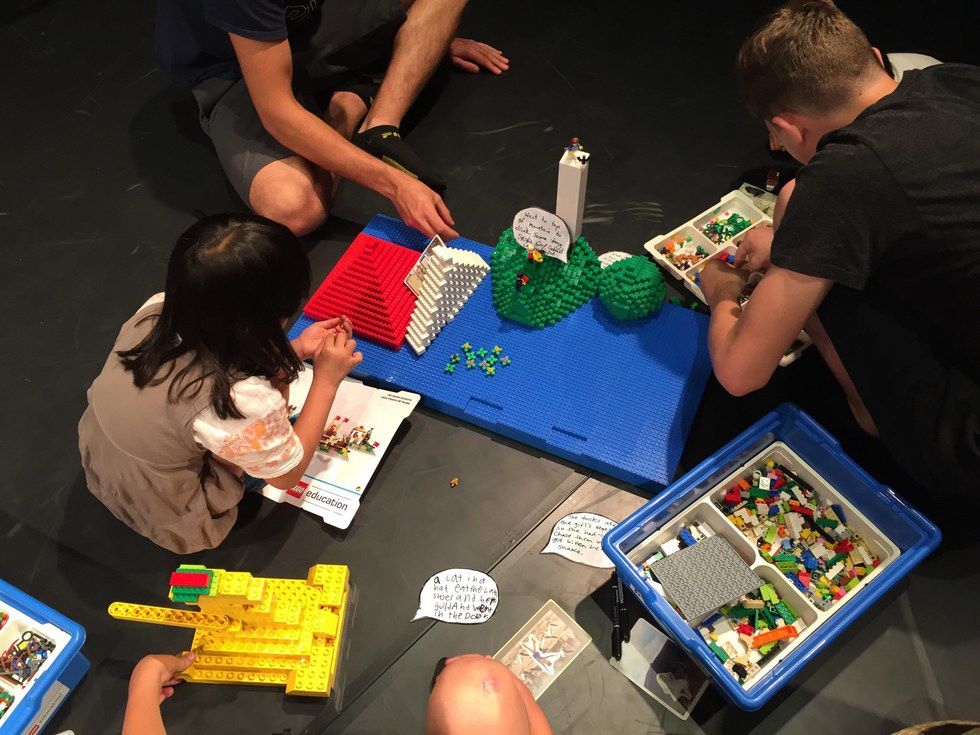
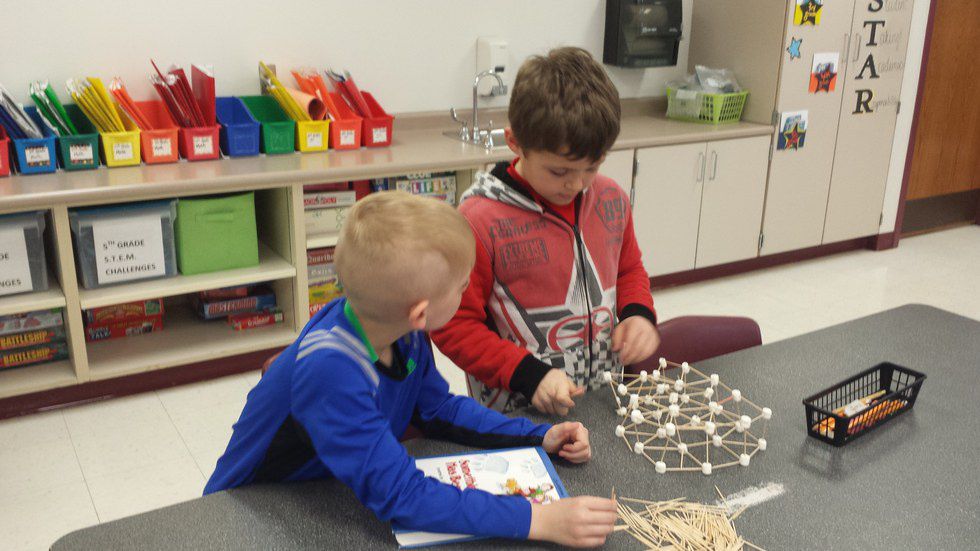
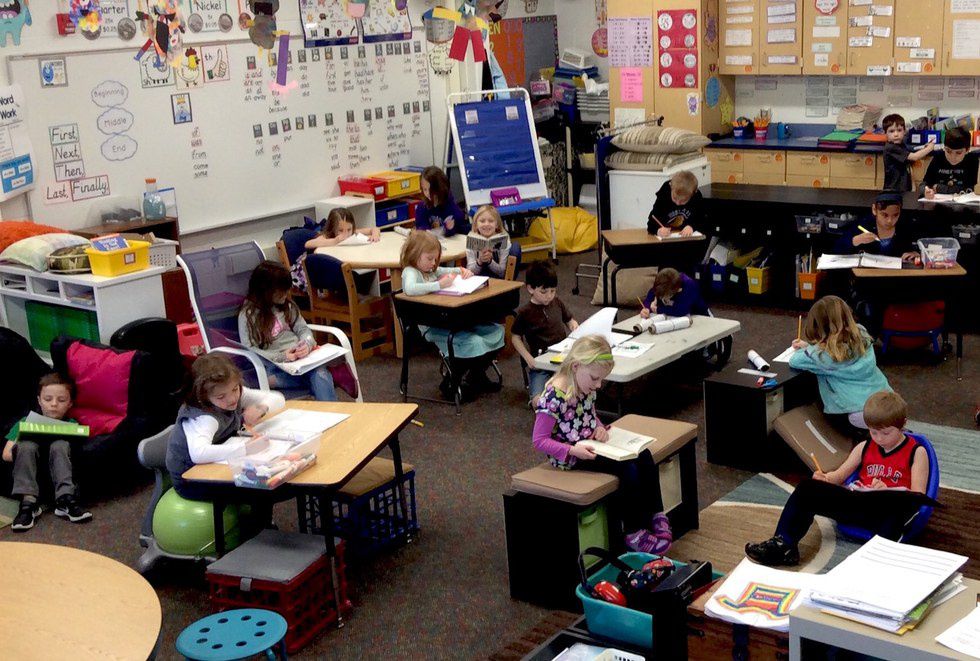
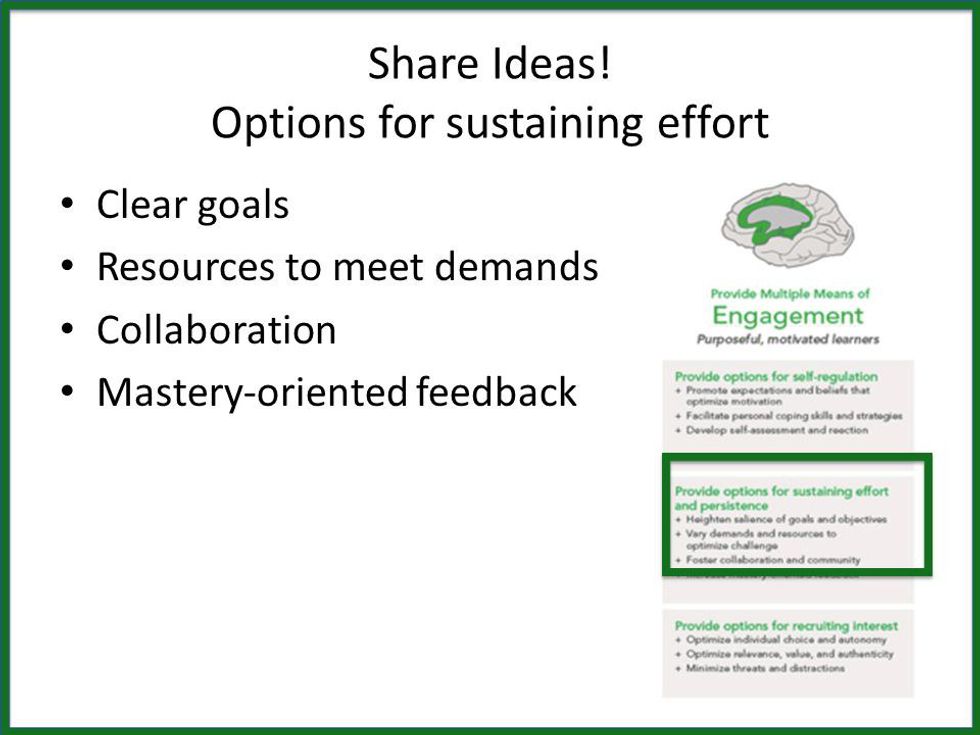
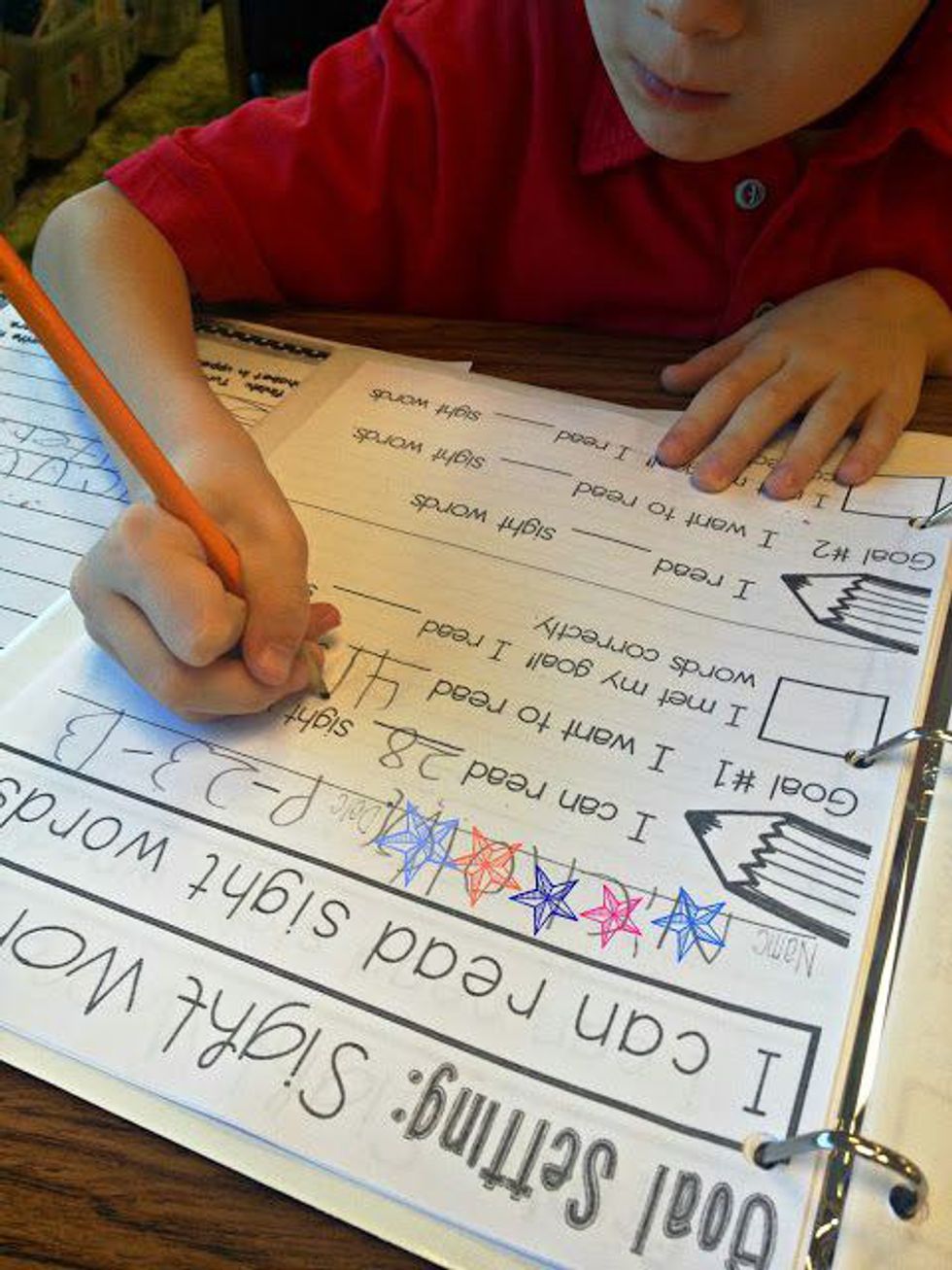


 Energetic dance performance under the spotlight.
Energetic dance performance under the spotlight. Taylor Swift in a purple coat, captivating the crowd on stage.
Taylor Swift in a purple coat, captivating the crowd on stage. Taylor Swift shines on stage in a sparkling outfit and boots.
Taylor Swift shines on stage in a sparkling outfit and boots. Taylor Swift and Phoebe Bridgers sharing a joyful duet on stage.
Taylor Swift and Phoebe Bridgers sharing a joyful duet on stage.













